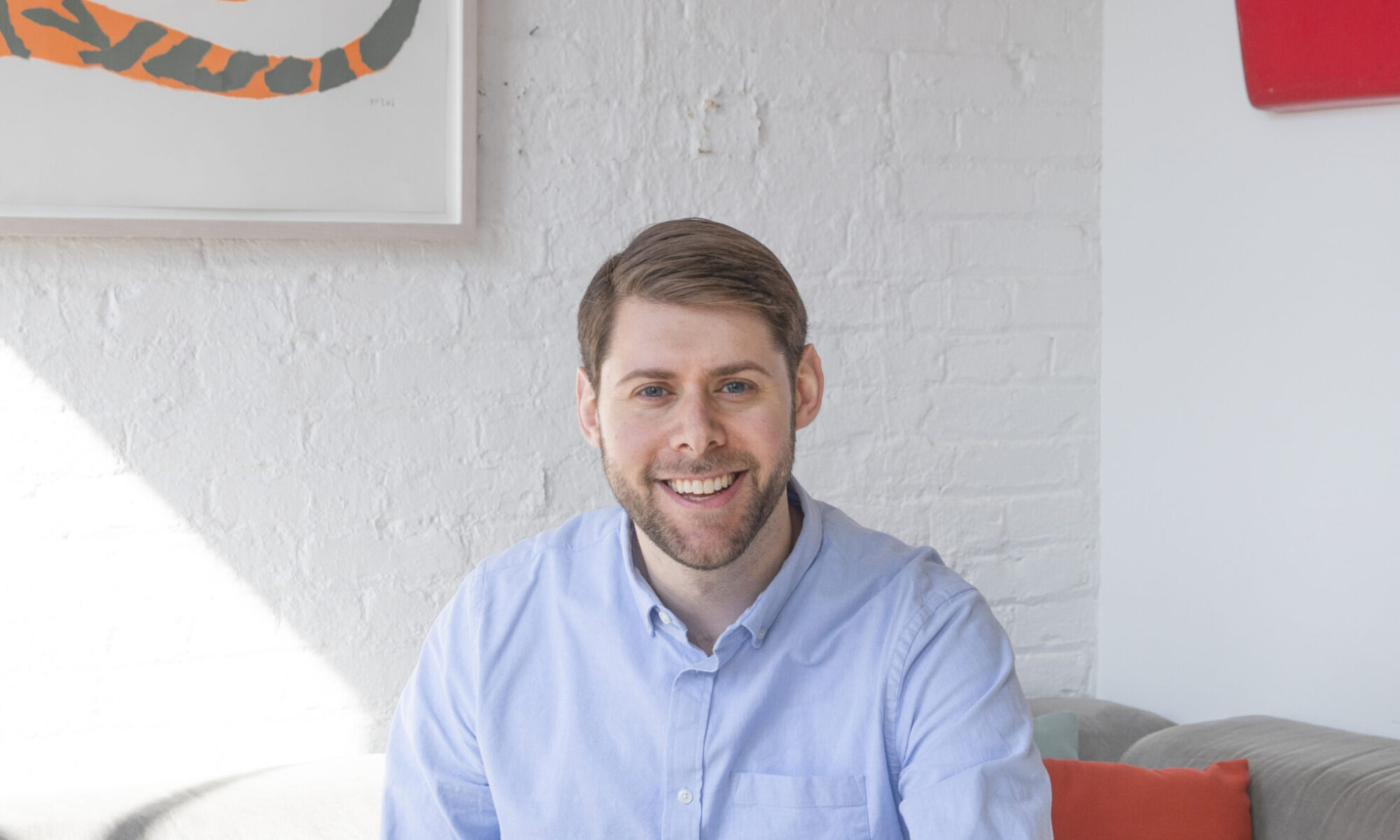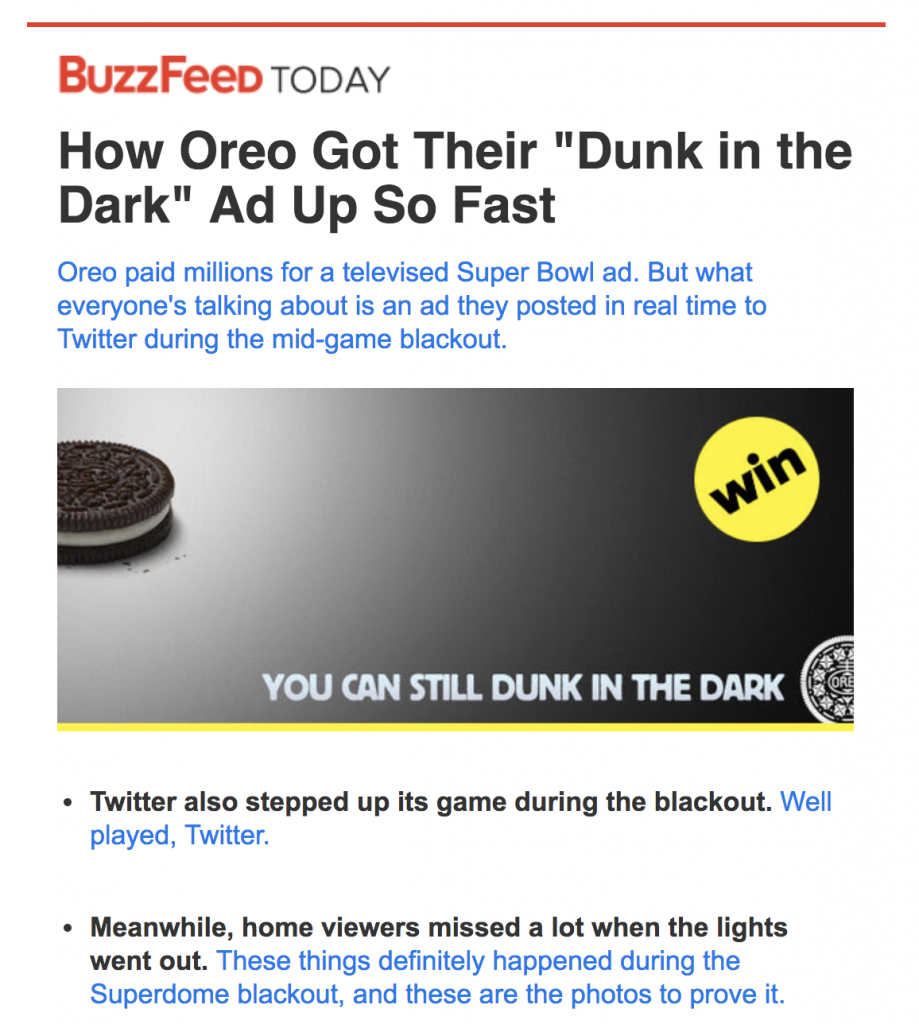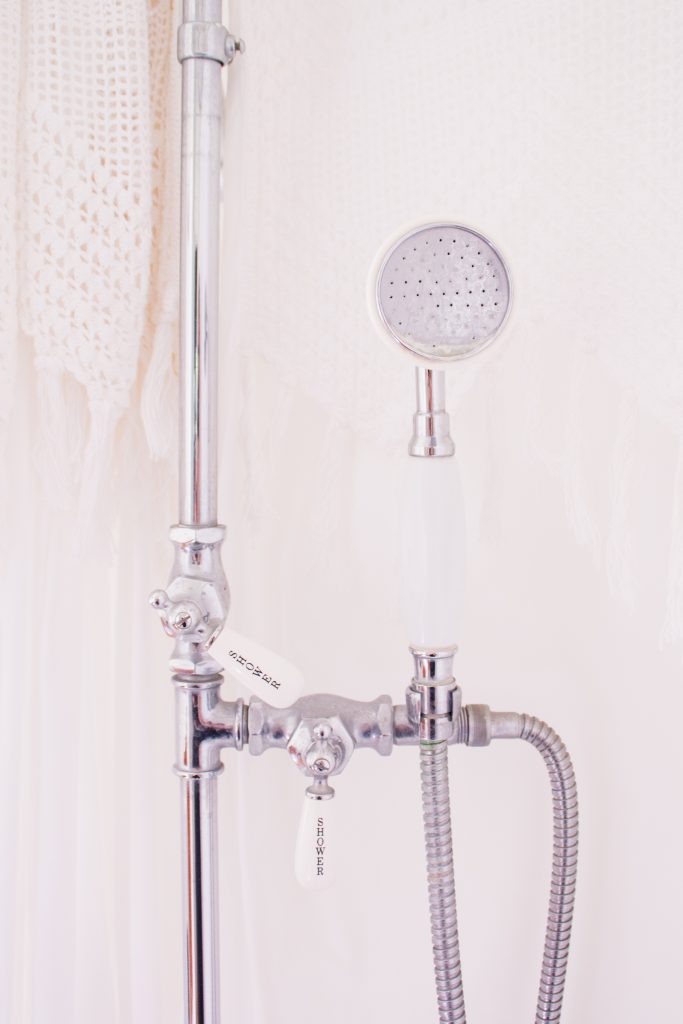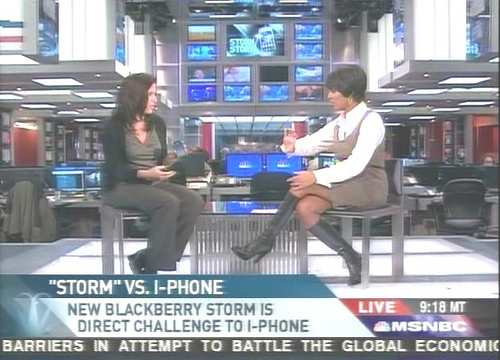
The job hunting process can be a grind. You wrote a great resume and cover letter. You interviewed. You followed up with thank you notes. You interviewed again.
You got offered the job!
But that’s not the end of the process. Don’t accept it just yet — you should still think about how you can negotiate for more.
Most companies build some wiggle room into a negotiation. They’re expecting you to counter by asking for a little more, and if you don’t, you’re leaving money on the table.
Here’s how to prepare yourself for a contract negotiation:
1) Do your research — When you’re first thinking of applying to a job, go out and talk to your friends in the industry, and ask them for guidance about what you should be asking for. Don’t make the mistake I once made:
When I was interviewing at BuzzFeed, I was wading into brand new territory. I’d never worked at a start-up like that before. I didn’t have a good sense of how much they’d pay, what my hours would be like, or whether or not their offer of stock options was something I should take seriously.
I also didn’t utilize my network correctly. I should have also been talking to colleagues a few years older than me, who could have told me more about what to expect from a growing company like this, and peers my age, who could have told me more about what they were making at similar jobs in the same city, and made sure I understood how much I really needed to make to live in New York.
Looking back, it’s clear that by failing to understand the market value for the job, I cost myself thousands of dollars. Learn from my mistake, and utilize your network!
On top of that: Make sure you check sites like Glassdoor, which can help set a reasonable salary range for this job.
2) Give them your number, but be flexible — This part of the negotiation actually starts before you get the offer, since most companies will ask for an expected salary during the interview process, hoping to weed out candidates who are asking for something out of their target range. When you do that first interview with a recruiter or HR, make sure you have number in mind. (It can be a specific number, like $50k, or a range, like $50-55k. Make it a round number — what matters here is that you set an anchor price around which you can negotiate.)
Then memorize these words: “This is what my number is. But I’m willing to have a conversation about it.” They may not be able to offer you exactly that number, but signaling openness to negotiations is key. Maybe they’ll come in below your number, but they’ll offer you bonuses or other opportunities (like stock options) to help you reach that number. Or perhaps you’ve just set the expectation that when you do get an offer, you’ll likely be asking for a little more. Either way: Be flexible with that number.
3) Look for leverage — When you finally get the offer, maybe you’ll be able to leverage another offer — like if your current company decides to match or beat the number — to get the best possible contract for you. Maybe you’re leaving something behind at an old job — stock options, an upcoming bonus, or even a more generous vacation policy — that you can bring up in the negotiation. Maybe you’re thinking about going back to school, and can use that opportunity to put pressure on your potential new employer. Be upfront with this sort of thing. Say, for instance: “Hey, I’ve got a bonus coming up next month that I’m leaving on the table if I take this job. If you could match that number, it would make this decision a lot easier for me. What do you think?” Maybe they’ll match, or maybe they’ll give you the chance to start a few weeks later, enabling you to collect that bonus or take a few extra vacations days.
And remember: It doesn’t hurt to negotiate. It’s highly unlikely that a company will pull their offer because you asked for more. They’ve gone through the process, looked at potentially dozens of candidates, and decided on you. They’ve invested a ton of hours in your candidacy. They really want to hire you — and in the end, they’re not going to back away from the table if you ask for 5% more in salary. You may get a fraction of that, or nothing at all, but if you don’t ask, the answer is always no.
———
At top, a photo of the figurative negotiation table, by Samuel Zeller for Unsplash.







